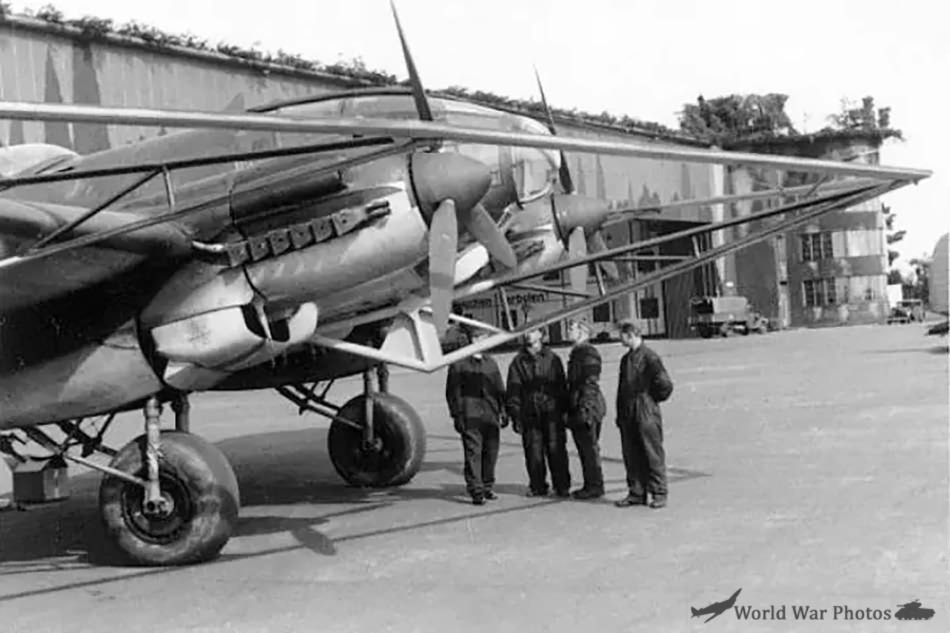The Heinkel He 111H-8 emerged in 1939, powered by Junkers Jumo 211A engines. This variant was a distinctive, albeit ultimately unsuccessful, development in the He 111 H-series.
Its primary intended role was that of a “balloon cutter” designed to barge aside and sever the cables of British barrage balloons. To achieve this, the He 111H-8 was equipped with specialized apparatus, most notably the “Kuto-Nase” cable cutters. These cutters were mounted on the wing leading edge and potentially on the nose, giving the aircraft a unique appearance.
However, this specialized equipment proved to be a detriment to the aircraft’s performance. The modifications made the He 111H-8 unwieldy and slow, leading to the conclusion that this particular development “did not work” in its intended role.
Despite its initial failure as a balloon cutter, the He 111H-8 demonstrated the inherent adaptability of the He 111 airframe. The few machines that survived these hazardous operations were subsequently converted for glider towing. These repurposed aircraft were designated as He 111H-8/R2s and saw service as dedicated glider tugs, including with Schleppgruppe 1 on the Eastern Front in 1943/44.
